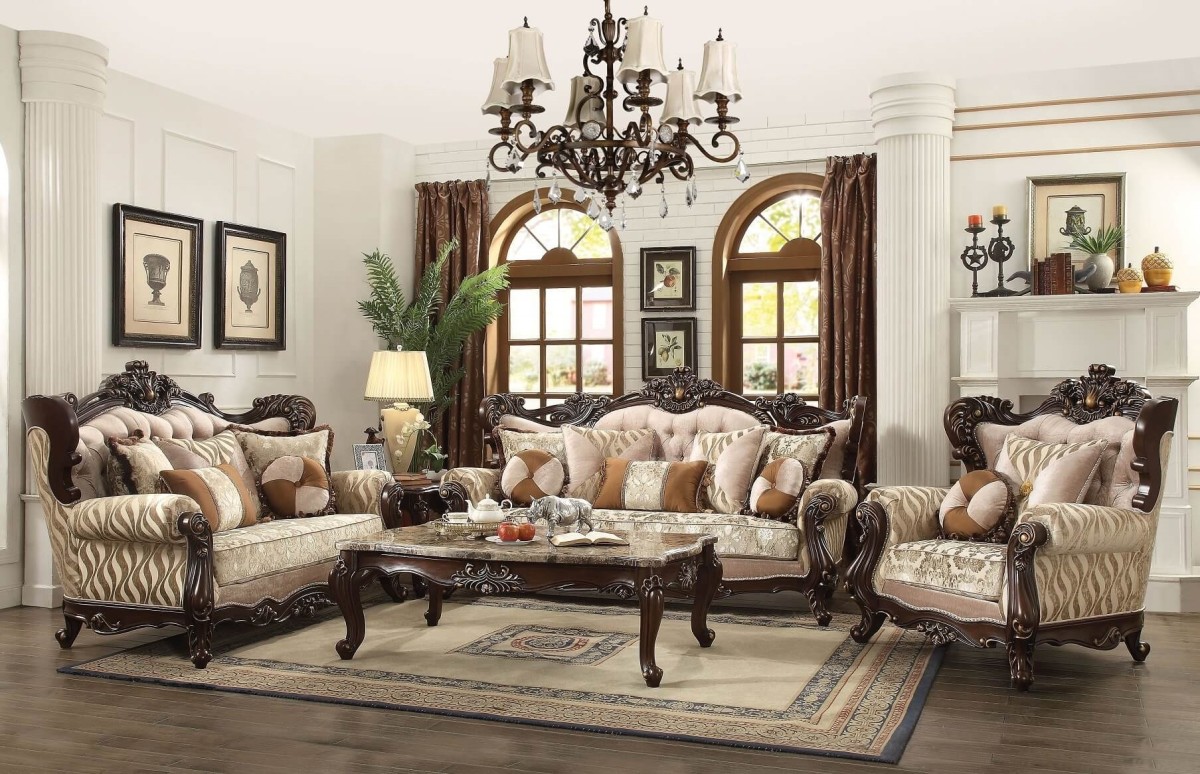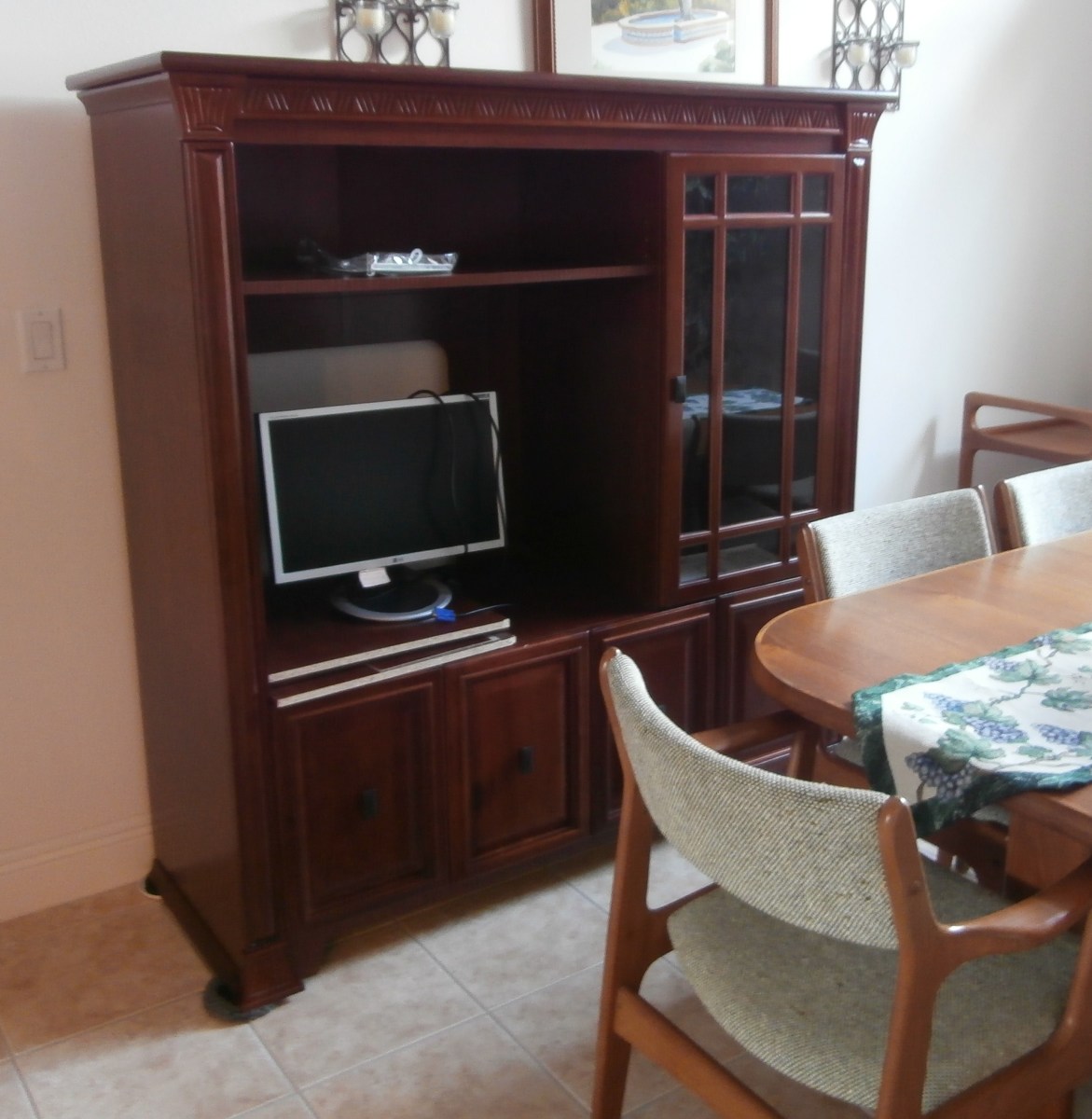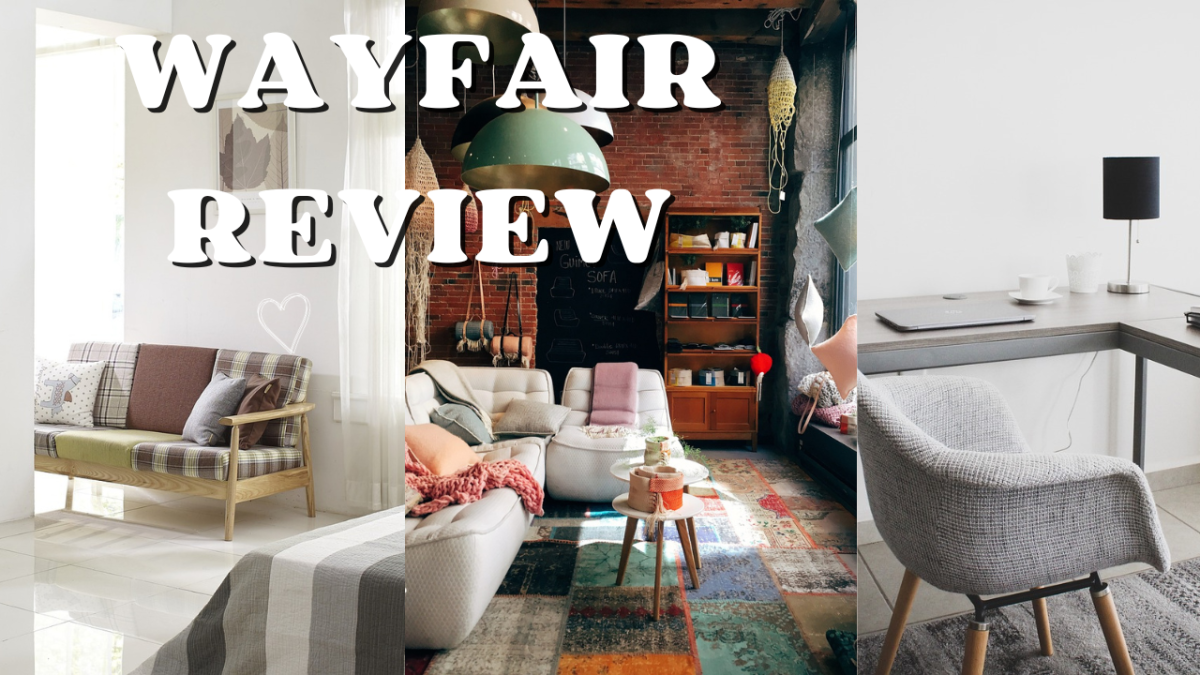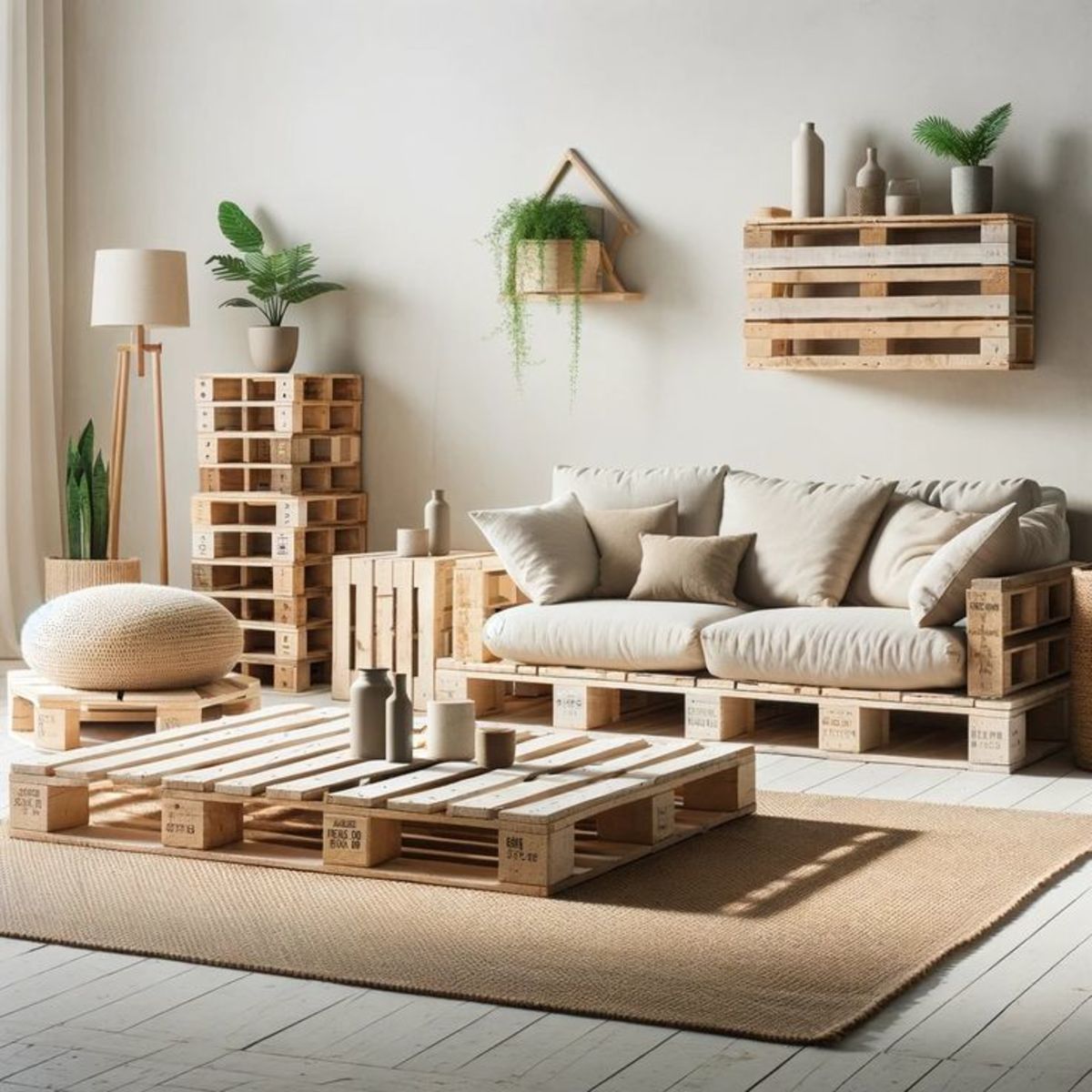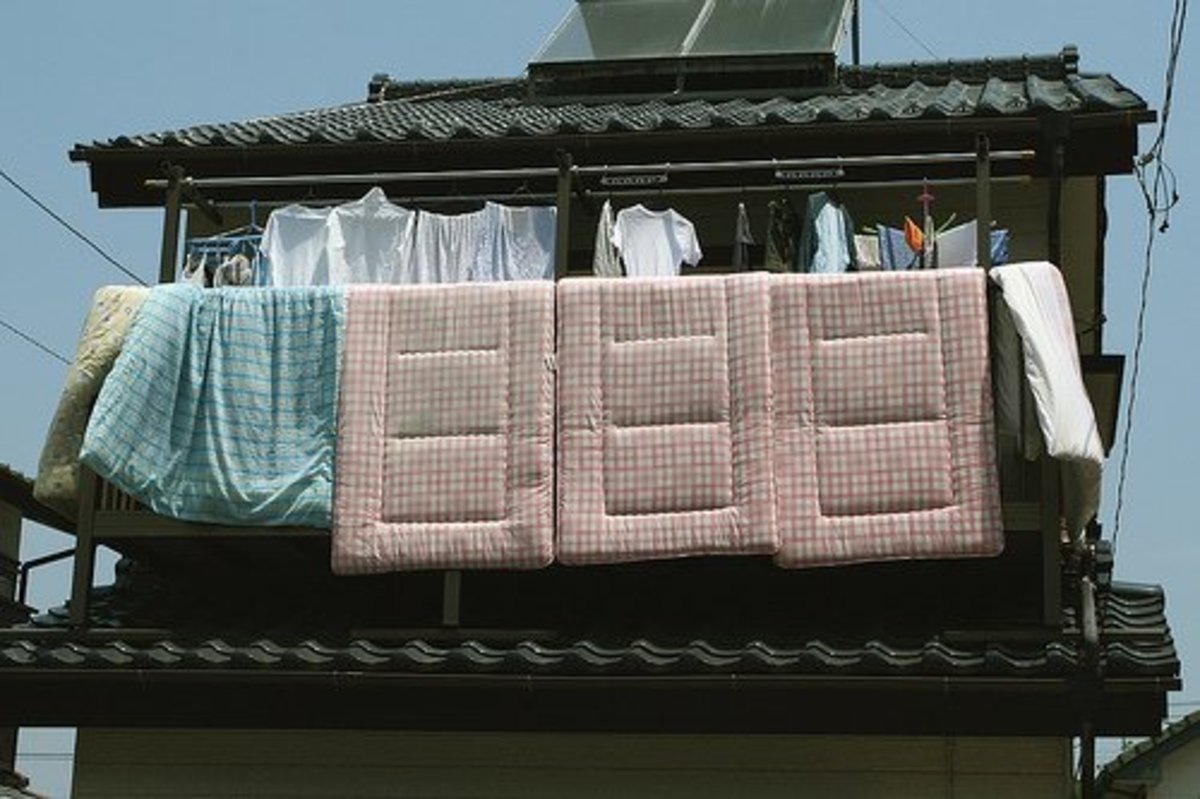Design Your Own Room - Resources and Tips
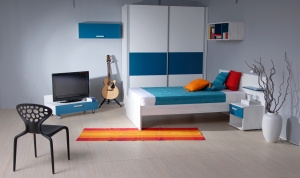
You have a new home? You want a change around the house? Not enough space? Inherit some new pieces of furniture?
Sometimes home improvement and interior design can be intimidating. It can be difficult, time-consuming and even expensive to use your space wisely and arrange things in the most practical way. However, with the right methods and materials, it can be fun to design your room yourself and often it's more effective and practical in the long run!
Thankfully there is a wealth of resources to help in planning and designing rooms around the house most conveniently and usefully. Take advantage of the words of experts, look at samples, but most importantly, pay attention to your desires and needs and plan accordingly.
To start, look at the tips below and check out the links to outside resources. Consider what you want to do and what needs help and get started planning!
Interior Design

How to Arrange a Room - Tips
- Arrange the largest pieces first
It's import that the biggest pieces of furniture that are utilized most, like the bed, desk or couch, are placed first in the room. They should face the center of the room, or where the most activity will take place (sometimes an entrance, or toward a window, fireplace or a TV).
The large pieces should also be evenly placed about the room for balance. Make sure there's plenty of space between them for ease of movement. Also pay mind to the shapes in the room, such as curves created by the wall, and the shapes of the pieces and how they fit together.
- Place the rest of the furniture relative to the main pieces you've already got down
Make sure the arrangement of the pieces in the room is aesthetically pleasing, comfy and practical. Consider what you'll be using the room for. Is there enough room? Will you need more storage? Is there enough seats? What if something spills?
If you have items of the same scale, try to keep them together; a small chair might look better by a little table or lamp than by a large sofa. Also, still maintain balance in the room; this can sometimes be achieved by placing items opposite of each other
You may also want to mix things up by placing curves around lines and vice versa; this breaks the monotony. You can mix types of furniture as well, such as upholstered and natural pieces, or surfaces, such as rugs and fabric with metal or wood. Consider the colors of pieces as well and make sure they mesh well with each other.
- Add accent pieces to the main pieces for alternative activities
Doing this allows for more function in a room. You can add sections to a room for more utilization of space, such a game rooms or reading corners. You can even make a single wall more interesting and usable by adding pictures or an entertainment center. Place things under a window to take advantage of the light and/or provided views.
A nice piece to add is a cupboard, which looks nice and can add function and space.
- Put your furniture where it looks the best
Pay attention to the lighting in the room. Try not to put dark items in dark corners or places where lighting is dim. Similarly, brighter pieces may look bad in well-lit areas.
Continue to try mixing things up, such as by placing tall things amidst shorter items. Use plants to break up manufactured pieces. Mix lines with curves and so on.
- Consider potential room traffic
Depending on how you arrange your furniture, you can control the flow of traffic in the room. For walkways, it's best to allow at least two and a half feet. Try not to lead traffic into areas where there will be conversation. People should be walking around the edges of the room for less disruption through the focal points where people's attentional will be.
Also consider the traffic of adjacent rooms as well as the colors from one room to the next.
- Let the room reflect your personality
Don't let home design books and TV shows control the arrangement and design of your room. Make sure the ultimate result is something you are happy and comfortable with. You are the one living there, after all.
Dorm Room Doom
Choosing the right color scheme
Use this method to decide how to color your room:
- Pick a pattern
Choose an item you want to base your scheme on, such as a bedspread, couch or photo. This will be the palette from which you choose your colors and purchase your items, so decide carefully.
- Look at three color variations.
Choose a light, medium and dark color from the scheme / pattern to base your future choices and purchases on. Go to the hardware store and find color chips of the variations to bring along and ensure matches.
- Remember: How you use the light, medium and dark colors can affect the way the room looks.
Light makes for a good background. Many apartments and other rentals already have lighter-colored walls, anyway.
Medium is for bigger pieces of furniture and the windows. The colors of these items will blend with those of the background, thus grounding the room and giving it a good foundation.
Dark is for accessories. You need to arrange them in a way to guide the eye about the room pleasantly because the bolder color attracts the eye the most.
Room Runner - Interior Design
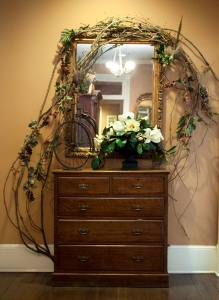
How to use space more effectively
There's a difference between insufficient or ineffective space. Insufficient space means there's not enough while ineffective space means there's not enough space but it's not being used wisely. Sometimes the arrangement of items in a cupboard or drawer is ineffective and much more can be stored inside them. There are lots of ways to improve storage situations (other than doing some spring cleaning).
1. Add a rod.
This is great for inside closets just so long as there are at least two walls to install the rod on. Hang one at head height for longer pieces, like dresses or pants, and another below for skirts, shirts and so on. You can also hang non-clothing items such as backpacks, shoes (on the hangable shoe trees) and scarves.
2. Build shelves.
Keep in mind that many shelves can be adjusted. If there is extra space at the top of a shelve, you can move it up so the shelf underneath has more space for larger items. You might even be able to add another shelf! You can also add corner shelves for pictures and other little knick knacks; they work great aesthetically.
3. Get storage units.
Racks are great alternatives; for instance, there are spice racks and can racks to save room in cupboards and pantries, shoe racks and more. You can put smaller items in things like ice cube trays rather than large jewelry boxes. Also, make sure the furniture you already need has spaces for storage, such as coffee tables with extra shelves underneath or piano benches with space under the seat.
For dorms and other small spaces, get those containers that can fit under beds and other necessary furniture.
4. Take advantage of wall space.
Look at all the empty space on your walls! You can hang pots and other kitchen utensils on hooks. Tools go well on pegs in the garage. Put up shelves for pictures and more. Don't forget the corner shelves! Show off some of those forgotten items and take them out of drawers where they take up room.
5. Store regularly used items where you use them most.
You don't need to walk between rooms to get to the things you use most. For instance, hang extra rolls of toilet paper next to the appliance or on the door. Put linens in the bedroom and videos by the entertainment center. You may even want to get more of one item for convenience.
6. Add drawers or sliding shelves.
These can be installed inside or underneath cabinets for more space. They allow for greater ease in access if space is tight; just slide it back in when you're done. It's also easier to see the items when you can roll out the drawers or shelves rather than looking for something in the back of a pantry.
7. Clean off your desk!
You can be more productive if you have enough space on your desk, after all. You also won't have to keep looking for buried items that you'll need. Get good file cabinets to store papers. Use hanging file boxes to use more vertical space. Also use caddies or trays within your desk.
8. Don't be afraid to rearrange.
Make sure whatever you do is comfortable for you. Make your space work the way you want it to. You can alter or switch rooms if you don't use one enough and need more space for another. Consider the uses of rooms and design accordingly.
9. Sometimes rotating items makes for more space.
You might be surprised the difference it makes to turn around a desk or a couch. The arrangement of the room may allow for more space if a single item is rotated.
10. Use storage rooms.
Buy a space and store some items while keeping others in the home. Every once in a while, switch up the items for a little change.
Additional information
- DIY Network : Home Improvement, Craft Ideas, Gardening, Autos & Woodworking Projects and Videos
DIY Network is a great site with information about how to improve all aspects of the home, including various rooms, outside and automotive. Learn how to work with crafts, the garden and woodworking. - National Wood Flooring Association - Design a Room
If you want a hardwood floor, of course the National Wood Flooring Association is a great place to start. Learn about your options and also try designing your dream room online. - Welcome to SeeMyDesign
This site has so many resources categorized by colors, floors, windows and lights and also by type of room, such as baby room, bedroom and even office room. See examples and learn the principles. - Room Arranger
Use this computer simulator to arrange furniture and more within your projected room. You have to download the software , but its free and translated into a number of various languages. - Welcome to IKEA.com
Of course, if you want a great place to start choosing furniture and other home items, IKEA is the perfect place to start. They have lots of sample room designs, even in their stores, and a fabulous and affordable array of things to choose from.



